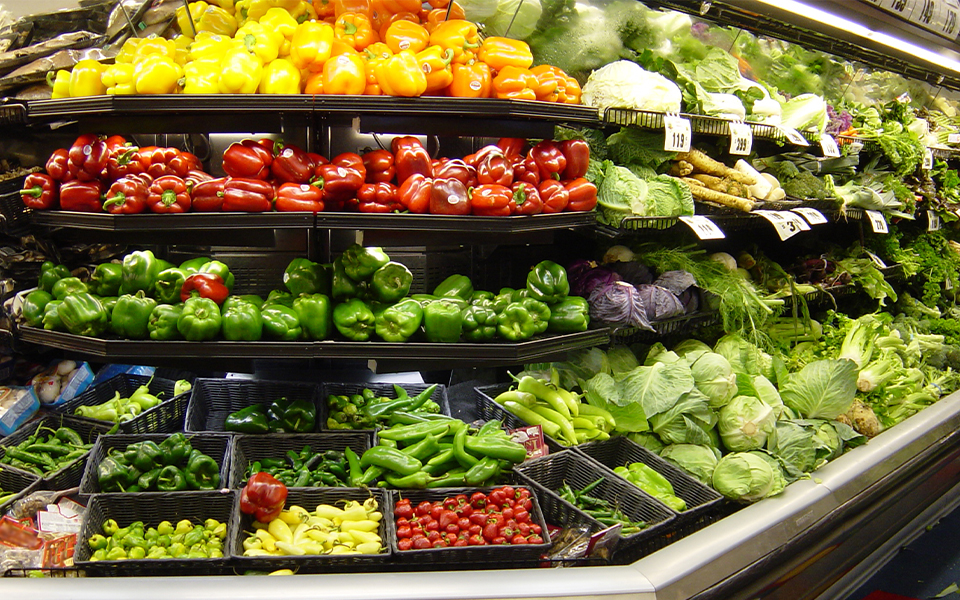*On June 1, 2023 Emerson’s Climate Technologies business became a new standalone company – Copeland. Though our name has changed, we are building on more than a century of HVACR innovation and industry leadership, and Copeland continues to offer the same products, industry stewardship, and learning opportunities you’ve grown to trust. Information found on this webpage posted before June 1, 2023 may contain our old name or branding, but you can be at ease knowing it was created with the knowledge and expertise of Copeland.
This blog summarizes an article from Snack Food and Wholesale Bakery, “Advances in cold chain technology for snack and bakery warehousing and transport.” There have been significant technological advances in recent years to enable better temperature and condition monitoring, including key offerings from Emerson. Read the full article here.

Commercial refrigeration has been in the environmental spotlight for more than a decade, especially as leakage studies have revealed the true effects of hydrofluorocarbon (HFC) emissions. Considerable reductions in emissions are possible, but implementing them is having a major impact on the refrigeration industry. In response, many new refrigerant options and system architectures have appeared — both on paper and in practice — creating tricky choices for decision makers in commercial refrigeration.
The significant environmental advantages of R744 (CO2) have guaranteed its position as a leading option for future refrigeration systems. It has demonstrated favorable results in different system configurations over many years, particularly in Europe, Australia and Canada. Initially high investment costs are now on a downward trend, while innovations in component technology and application methods continue to reveal potential performance gains. These results have ensured that CO2 will be a long-term option in the foreseeable future.
This post is the first in a series that will introduce CO2 as a refrigerant. The blog series will summarize the properties of R744 and examine how well it meets traditional and emerging needs for refrigerants. The series will also covers some of the reasons why CO2 refrigeration systems differ from conventional systems, notably the design considerations created by the need for transcritical operation under certain conditions. Other topics concerning R744 will also be examined, including the general aspects of R744 systems; more detailed information about the design of R744 cascade, transcritical booster and secondary systems; and key points about their commissioning, operation and service.
In the next post, I will discuss the basics and considerations in criteria for choosing refrigerants. Multiple factors need to be carefully considered and we’ll take a look at how well R744 meets key criteria.

Facility Health Score Insights Program Transforms Enterprise Maintenance
Leveraging refrigeration performance data drives food retail cost reductions. Maintaining proper...

8 proven strategies for rigorous cold chain management
Preparing for the approval and safe use of A2Ls in commercial refrigeration applications...
Protection for high-value shipments just got even better
We’re excited to announce the release of Copeland’s newest real-time tracker, the GO Real-Time...
